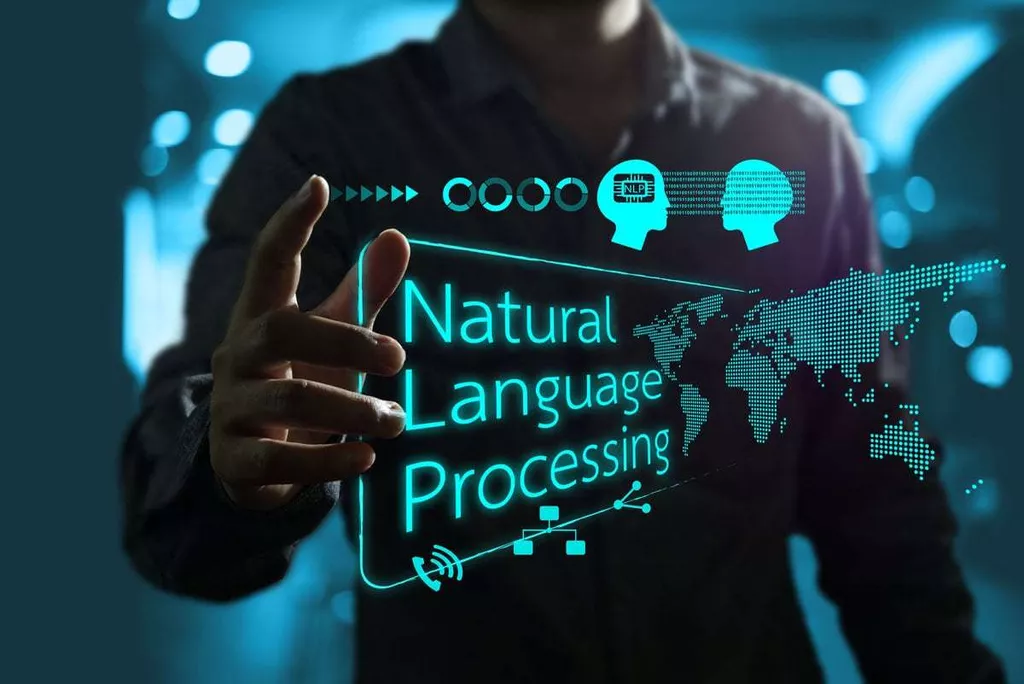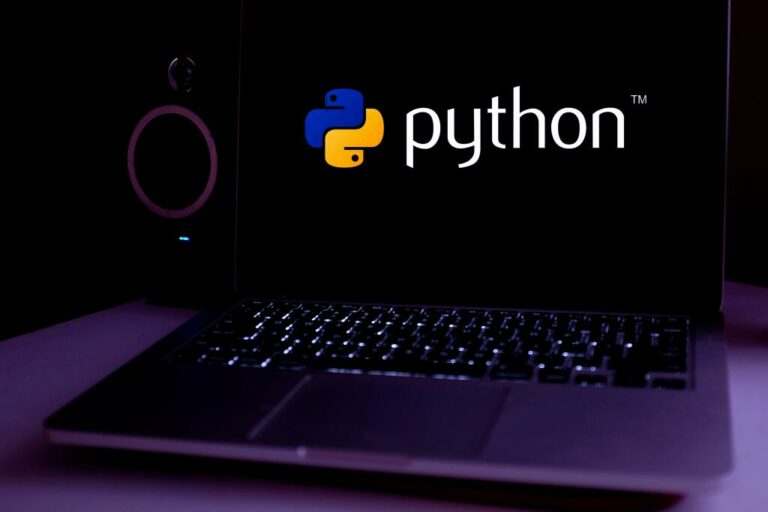A text to understand natural language understanding NLU basic concept + practical application + 3 implementation
Discourse analysis helps NLU systems understand how ideas are connected and organized within a larger context, enabling them to generate more coherent and contextually appropriate responses. Pragmatic analysis is concerned with understanding the context in which language is used, including the speaker’s intentions and goals. This involves interpreting indirect speech acts, sarcasm, and other non-literal language expressions, as well as considering the cultural and social context in which a conversation takes place.

Word sense disambiguation often makes use of part of speech taggers in order to contextualize the target word. Supervised methods of word-sense disambiguation include the user of support vector machines and memory-based learning. However, most word sense disambiguation models are semi-supervised models that employ both labeled and unlabeled data. Throughout the years various attempts at processing natural language or English-like sentences presented to computers have taken place at varying degrees of complexity.
Natural language understanding applications
Natural language processing has made inroads for applications to support human productivity in service and ecommerce, but this has largely been made possible by narrowing the scope of the application. There are thousands of ways to request something in a human language that still defies conventional natural language processing. „To have a meaningful conversation with machines is only possible when we match every word to the correct meaning based on the meanings of the other words in the sentence – just like a 3-year-old does without guesswork.”

It involves the use of various techniques such as machine learning, deep learning, and statistical techniques to process written or spoken language. In this article, we will delve into the world of NLU, exploring its components, processes, and applications—as well as the benefits it offers for businesses and organizations. Deep learning is a subset of machine learning that uses artificial neural networks for pattern recognition. It allows computers to simulate the thinking of humans by recognizing complex patterns in data and making decisions based on those patterns. In NLU, deep learning algorithms are used to understand the context behind words or sentences.
Question Answering
Natural language processing works by taking unstructured data and converting it into a structured data format. For example, the suffix -ed on a word, like called, indicates past tense, but it has the same base infinitive (to call) as the present tense verb calling. NLU is branch of natural language processing (NLP), which helps computers understand and interpret human language by breaking down the elemental pieces of speech. While speech recognition captures spoken language in real-time, transcribes it, and returns text, NLU goes beyond recognition to determine a user’s intent. Speech recognition is powered by statistical machine learning methods which add numeric structure to large datasets.

NLU transforms the complex structure of the language into a machine-readable structure. Importantly, though sometimes used interchangeably, they are actually two different concepts that have some overlap. First of all, they both deal with the relationship between a natural language and artificial intelligence. They both attempt to make sense of unstructured data, like language, as opposed to structured data like statistics, actions, etc.
What is the Difference Between NLP, NLU, and NLG?
The results of these tasks can be used to generate richer intent-based models. As humans, we can identify such underlying similarities almost effortlessly and respond accordingly. But this is a problem for machines—any algorithm will need the input to be in a set format, and these three sentences vary in their structure and format.
Using NLU technology, you can sort unstructured data (email, social media, live chat, etc.) by topic, sentiment, and urgency (among others). These tickets can then be routed directly to the relevant agent and prioritized. Based on some data or query, an NLG system would fill in the blank, like a game of Mad Libs.
Application of Natural Language Understanding (NLU)
These syntactic analytic techniques apply grammatical rules to groups of words and attempt to use these rules to derive meaning. AI technology has become fundamental in business, whether you realize it or not. Recommendations on Spotify or Netflix, auto-correct and auto-reply, virtual assistants, and automatic email categorization, to name just a few. By default, virtual assistants tell you the weather for your current location, unless you specify a particular city. The goal of question answering is to give the user response in their natural language, rather than a list of text answers. Explore some of the latest NLP research at IBM or take a look at some of IBM’s product offerings, like Watson Natural Language Understanding.

Doomscrolling or doomsurfing is the term used to describe social media users habitually scrolling through their newsfeeds… While NLU is still at a relative infancy stage, it is already an exciting component of AI applications and I look forward to where we can take it in the future. To illustrate, imagine the transcript of a phone call when a new mailing element is expressed. Is that element part of a new address, does it complement the address previously provided, is it a confirmation or a repetition? Natural language has no general rules, and you can always find many exceptions. NLU is necessary in data capture since the data being captured needs to be processed and understood by an algorithm to produce the necessary results.
Artificial Intelligence: Definition, Types, Examples, Technologies
This data helps virtual assistants and other applications determine a user’s intent and route them to the right task. Discourse analysis focuses on the relationships between sentences and larger units of text, such as paragraphs or documents. This includes identifying topics, themes, and the overall structure of a text.
- These can then be analyzed by ML algorithms to find relations, dependencies, and context among various chunks.
- On our quest to make more robust autonomous machines, it is imperative that we are able to not only process the input in the form of natural language, but also understand the meaning and context—that’s the value of NLU.
- These tickets can then be routed directly to the relevant agent and prioritized.
- Semantic analysis deals with understanding the meaning of words and sentences in a given context.
- Narrow but deep systems explore and model mechanisms of understanding,[24] but they still have limited application.
Incidentally, that fact that neural networks are purely extensional and thus cannot represent intensions is the real reason they will always be susceptible to adversarial attacks, although this issue is beyond the scope of this article. NLU, the technology behind intent recognition, enables companies to build efficient chatbots. In order to help corporate executives raise nlu machine learning the possibility that their chatbot investments will be successful, we address NLU-related questions in this article. Currently, the leading paradigm for building NLUs is to structure your data as intents, utterances and entities. Intents are general tasks that you want your conversational assistant to recognize, such as ordering groceries or requesting a refund.
Get Started with Natural Language Understanding in AI
One of the major applications of NLU in AI is in the analysis of unstructured text. With the increasing amount of data available in the digital world, NLU inference services can help businesses gain valuable insights from text data sources such as customer feedback, social media posts, and customer service tickets. On our quest to make more robust autonomous machines, it is imperative that we are able to not only process the input in the form of natural language, but also understand the meaning and context—that’s the value of NLU. This enables machines to produce more accurate and appropriate responses during interactions. Accurately translating text or speech from one language to another is one of the toughest challenges of natural language processing and natural language understanding. With text analysis solutions like MonkeyLearn, machines can understand the content of customer support tickets and route them to the correct departments without employees having to open every single ticket.